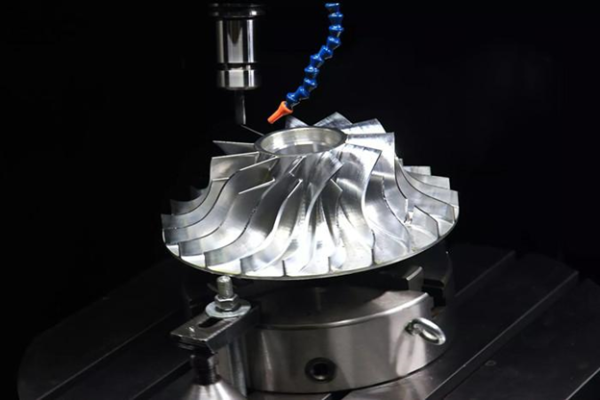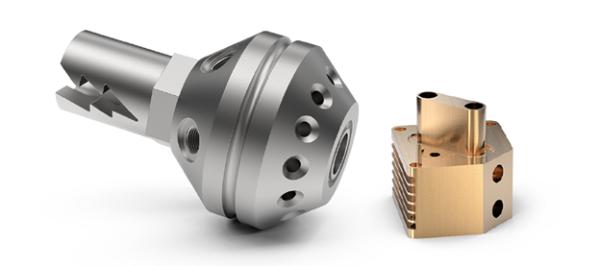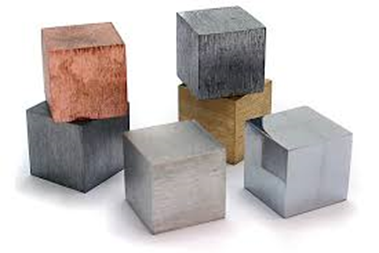Designers, engineers, and buyers can easily optimize the manufacturing costs of your CNC machining parts. To do this, we suggest you adopt simple reflexes when designing your parts.
How to Optimize Tolerances for CNC Machining?
In CNC machining, it is possible to achieve accuracies of the order of ten microns or even microns for certain shapes. But high precision requires special tools, multiple passes, more precise adjustments, or slower travel speeds.
All of this necessarily impacts manufacturing costs and must be taken into account.
For designers, the challenge is therefore to properly assess the necessary tolerances so as not to add excess quality. In short, you have to aim correctly and not try to maintain tolerances that are too strict.
Furthermore, reducing tolerances necessarily involves more in-depth metrological controls which will also have an additional cost.

How to optimize Drilling for CNC machining?
Making holes, threads, or cavities, for all these common operations in custom CNC machining services or bar turning, it is important to have some good design reflexes.
For the diameter of the holes, for example, the ideal is to choose standard diameters for which the machinists can use their usual tools without having to use special or custom tools.
As for depth, a cavity is considered too deep when its length exceeds 4 times its diameter (40mm depth for a diameter of 10mm for example). Beyond that, the risks of tool breakage are greater, so special tools and slower execution speeds are required.
If you are in this case, ask yourself the question of the relevance of this deep drilling and then decide whether to keep it or adapt it.
Finally, for tapping, it is important to provide a hole deeper than the depth of the tapping. In principle, the drilling must be deeper than the tapping by the value of the diameter (for a tapping with a diameter of 8 mm, the drilling must be 8 mm deeper than the tapped length).
Also, tapping that is too long should be avoided since beyond 3 times the diameter, the tightening force of a thread no longer increases.
How do you limit machining complexity in your designs?
Designing the simplest possible part that meets the specifications is not always easy. But a complex part to produce will require more time, more tools and more expertise from the operators.

It is therefore necessary as much as possible:
- Avoid thin walls (less than 0.8mm for metal). Vibrations during CNC machining could weaken or break them.
- Adapting radii in rounded corners. In a cavity, the vertical edges are necessarily rounded since they follow the circular shape of the milling tool. Trying to reduce the radius of these corners necessarily adds machining time and tool changes.
- Separate a complex part into several simple parts which can then be assembled or welded to create the complete part.
How to make the right choice of material for CNC machining?
Mass, mechanical strength, electrical conductivity, temperature, or corrosion resistance depending on your needs and the application, the choice of material to be machined can be very important. But the material chosen will also have an impact on costs.
You must therefore carefully assess your needs on this point so as not to pay for expensive raw materials if the application does not require it.

For example, at the price per kilogram, stainless steel is approximately 4 times more expensive than steel and aluminum is approximately 3 times cheaper than copper.
Also, the final appearance of the part and the expected level of finish will have an impact on the CNC machining cost. Polishing, heat treatment, painting.
It is imperative that you adapt the expected level of finish to the intended application so as not to overestimate your requirements and increase costs unnecessarily.
Favor large quantity orders
Launching a local CNC machining services production necessarily involves fixed costs: study, program production, tool installation, testing, etc. If you order 1, 10, 100, or 1000 parts, these fixed costs impact the final cost of the part differently.
If you have large quantities to produce over a given period, it is therefore more relevant to place an order with a large volume of parts rather than several orders with small volumes.
You must therefore evaluate your production quantities as best you can to dilute these fixed costs as much as possible without unnecessarily producing parts.
These 5 tips should be applied in all your CNC machining projects.
However, you must also be able to count on your subcontractor as a partner who will help you optimize your parts to reduce your production costs.
MXY teams support you in all your projects to provide you with years of expertise in precision CNC machining.







